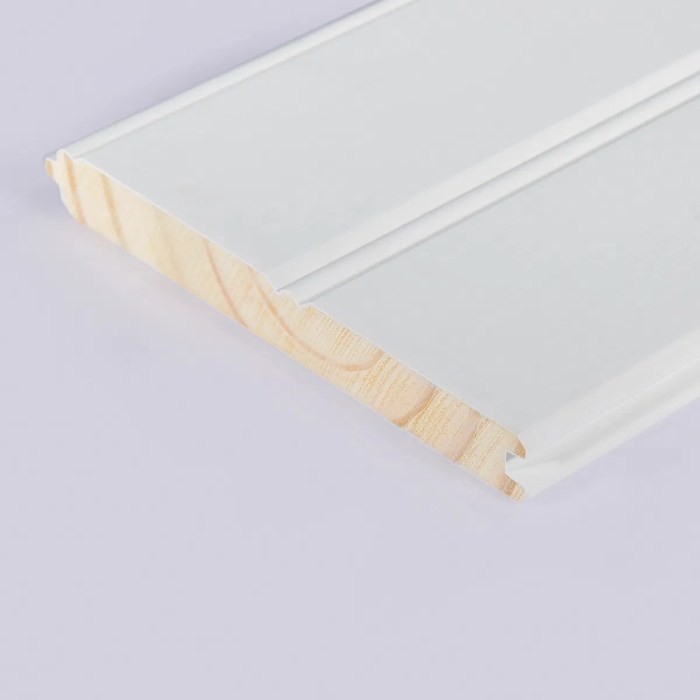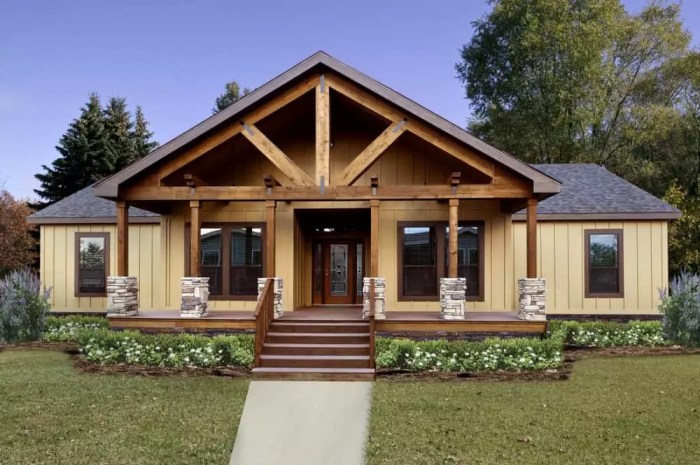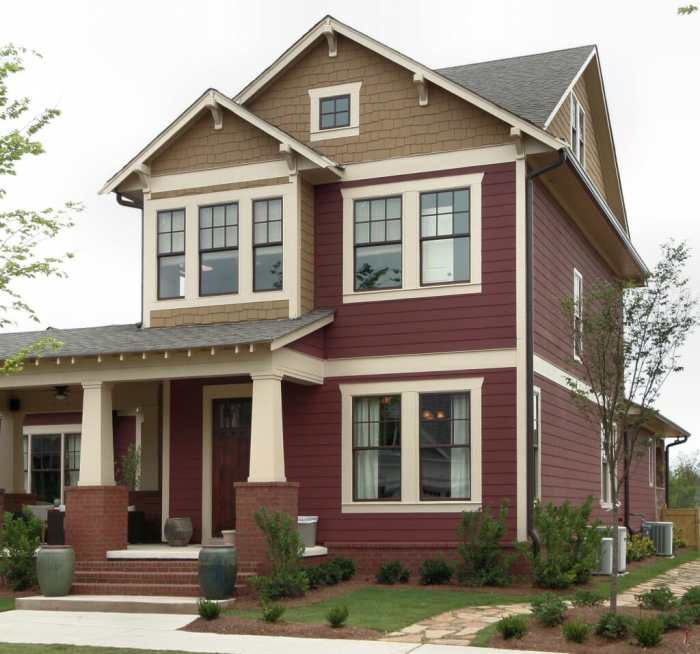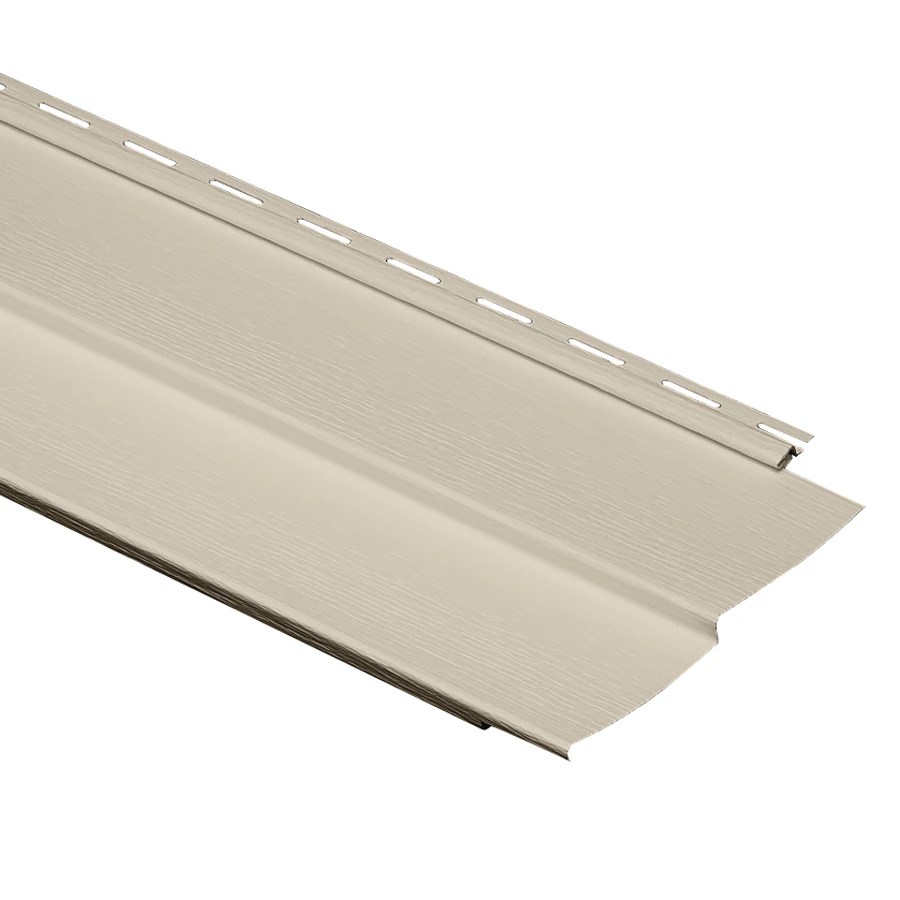Transforming your home’s exterior is a significant investment, and choosing the right house siding contractors near me is crucial for a successful project. This isn’t just about slapping on new siding; it’s about enhancing your curb appeal, boosting your home’s value, and protecting it from the elements for years to come. Understanding the local landscape, comparing contractor pricing and materials, and asking the right questions are key steps in this process. This guide will equip you with the knowledge to make informed decisions, ensuring a smooth and satisfying renovation.
From navigating the competitive landscape of local contractors to selecting the optimal siding material for your budget and aesthetic preferences, we’ll cover everything you need to know. We’ll delve into the intricacies of project budgeting, contractor selection, and even the visual impact different siding styles can have on your home’s overall look. By the end, you’ll be confident in your ability to choose the best siding contractors and create the exterior you’ve always dreamed of.
Understanding Local Competition
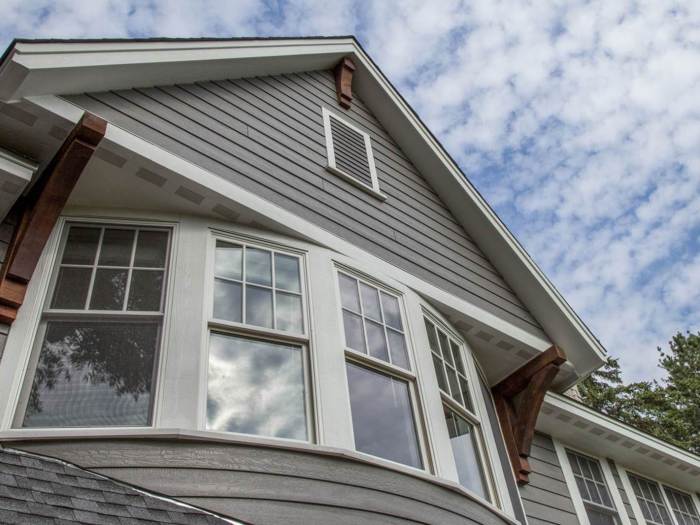
Analyzing your competition is crucial for success in any market, and the house siding contracting business in a densely populated area like zip code 90210, Beverly Hills, California, is no exception. Understanding your competitors’ pricing, materials, and marketing strategies will allow you to position your business effectively and gain a competitive edge. This analysis focuses on identifying key players and their respective approaches.
Top-Rated House Siding Contractors in Beverly Hills, CA (90210)
The following table lists three top-rated house siding contractors in the 90210 zip code. Please note that rankings can fluctuate, and this information is based on readily available online data and may not reflect the complete market landscape. Always conduct thorough independent research before making any business decisions. This data is for illustrative purposes only and should not be considered exhaustive or definitive.
| Rank | Contractor Name | Address | Website |
|---|---|---|---|
| 1 | (Contractor Name 1 – Replace with actual name) | (Address 1 – Replace with actual address) | (Website URL 1 – Replace with actual URL) |
| 2 | (Contractor Name 2 – Replace with actual name) | (Address 2 – Replace with actual address) | (Website URL 2 – Replace with actual URL) |
| 3 | (Contractor Name 3 – Replace with actual name) | (Address 3 – Replace with actual address) | (Website URL 3 – Replace with actual URL) |
Pricing Strategies of Top Contractors
Pricing models vary significantly among contractors. Some may advertise pricing per square foot, while others opt for a fixed price per project. Understanding these differences is key to developing a competitive pricing strategy. For instance, a contractor might charge $5-$10 per square foot for basic vinyl siding installation, but this price can fluctuate greatly depending on the complexity of the job, the type of siding, and the required labor. A more complex project involving specialized materials or intricate designs would likely command a higher price per square foot. Alternatively, a contractor might provide a lump-sum price for the entire project, encompassing all materials and labor. This approach offers clients greater transparency, although it might require a more detailed upfront assessment.
Common Siding Materials Used by Top Contractors
The choice of siding materials significantly impacts both the project cost and its aesthetic appeal. Contractors often specialize in certain materials, reflecting their expertise and target market.
Contractor Name 1:
- Vinyl Siding
- Fiber Cement Siding
- Wood Siding (Cedar, etc.)
Contractor Name 2:
- Vinyl Siding
- Aluminum Siding
- Steel Siding
Contractor Name 3:
- Fiber Cement Siding
- Stone Veneer
- Brick Veneer
Siding Material Options and Costs
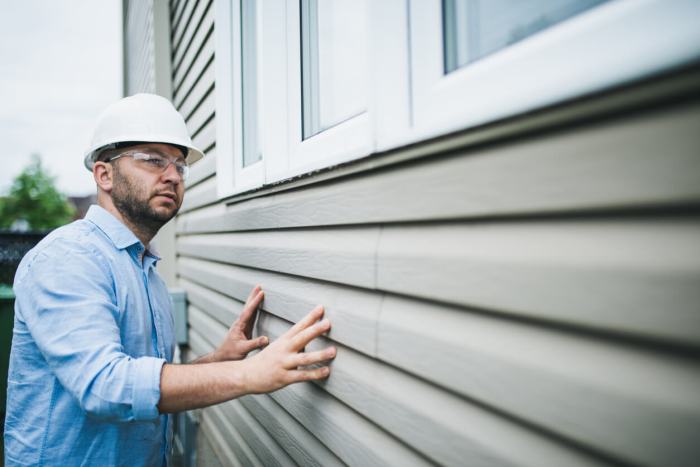
Choosing the right siding for your home is a crucial decision impacting both aesthetics and long-term value. This involves careful consideration of material properties, cost implications, and your specific needs. Understanding the various options and their associated price ranges will empower you to make an informed choice that aligns with your budget and vision.
This section delves into the specifics of common siding materials, their respective advantages and disadvantages, and the factors that influence the overall cost of a siding project. We’ll also provide a sample budget to illustrate the financial aspects involved.
Siding Material Comparison
The following table compares three popular siding materials: vinyl, fiber cement, and wood. Remember that actual costs can vary significantly based on location, installer, and specific product choices.
| Material | Advantages | Disadvantages | Average Cost Range (per sq ft) |
|---|---|---|---|
| Vinyl | Low maintenance, affordable, variety of colors and styles, easy installation | Can fade over time, susceptible to damage from impact, less durable than other options | $3-$8 |
| Fiber Cement | Durable, fire-resistant, low maintenance, resists pests and rot, can mimic the look of wood | More expensive than vinyl, requires professional installation, can be brittle | $8-$15 |
| Wood | Aesthetically pleasing, natural look and feel, can be customized, potential for high resale value | High maintenance (painting, staining, sealing), susceptible to rot, insect damage, and moisture | $10-$25+ |
Factors Influencing Siding Project Costs
Several key factors significantly impact the final cost of your house siding project. Understanding these will help you budget accurately and avoid unexpected expenses.
- House Size: The larger your house, the more siding material and labor will be required, directly increasing the overall cost.
- Material Choice: As the table above illustrates, siding materials vary drastically in price. Higher-end materials like wood or premium fiber cement will naturally cost more than vinyl.
- Labor Costs: Labor costs are a substantial portion of the total project expense. These can vary depending on your location, the contractor’s experience, and the complexity of the job (e.g., removal of existing siding).
- Complexity of the Project: Projects involving intricate detailing, multiple siding types, or significant repairs to underlying structures will naturally command higher labor costs.
- Permits and Inspections: Necessary permits and inspections add to the overall cost. These fees vary by location and the scope of the project.
- Region and Contractor: Labor rates and material prices fluctuate geographically. Contractor pricing also varies based on experience and reputation.
Hypothetical Siding Project Budget (2000 sq ft House, Vinyl Siding)
Let’s create a sample budget for a 2000 sq ft house using vinyl siding. This is an estimate, and actual costs may vary. We’ll assume a mid-range vinyl siding cost of $5 per square foot and a labor cost of $3 per square foot for installation. We’ll also add a contingency of 10% to account for unforeseen expenses.
- Material Cost: 2000 sq ft x $5/sq ft = $10,000
- Labor Cost: 2000 sq ft x $3/sq ft = $6,000
- Contingency (10%): ($10,000 + $6,000) x 0.10 = $1,600
- Total Estimated Cost: $10,000 + $6,000 + $1,600 = $17,600
Note: This is a simplified estimate. Always obtain multiple quotes from reputable contractors to get a precise understanding of the project’s cost.
Contractor Selection and Project Management
Choosing the right contractor is paramount to a successful house siding project. A poorly chosen contractor can lead to cost overruns, shoddy workmanship, and protracted disputes. Thorough research and careful selection are crucial to avoiding these pitfalls. This section Artikels key steps to ensure a smooth and efficient siding installation.
Essential Questions for Potential Contractors
Before committing to a contractor, asking the right questions is vital. These questions will reveal their experience, professionalism, and commitment to quality. Failure to ask these questions could cost you time and money.
- Licensing and Insurance: Verify the contractor’s state licensing and insurance coverage, including worker’s compensation and liability insurance. This protects you from potential financial losses due to accidents or damages.
- Experience and References: Request a detailed portfolio of past projects similar in scope to your own, along with contact information for several satisfied clients. Check those references.
- Detailed Proposal and Payment Schedule: Ensure the proposal includes a comprehensive breakdown of all costs, materials, labor, and a clearly defined payment schedule. Avoid contractors who are vague or unwilling to provide detailed information.
- Project Timeline and Communication Plan: Discuss the estimated project timeline, including potential delays, and establish a clear communication plan to ensure regular updates throughout the process. Regular communication is key.
- Warranty Information: Inquire about the warranty offered on both materials and workmanship. A solid warranty demonstrates the contractor’s confidence in their work and provides you with recourse in case of defects.
Steps Involved in a Typical House Siding Project
A typical house siding project follows a well-defined sequence of steps. Understanding these steps helps you manage expectations and monitor progress effectively. Deviations from this process should be carefully considered.
- Initial Consultation and Assessment: The contractor visits your property, assesses the existing siding, discusses your needs and preferences, and provides a detailed estimate.
- Contract Negotiation and Signing: Once you’ve chosen a contractor, carefully review the contract, clarifying any ambiguities before signing. This is a legally binding document.
- Material Procurement and Delivery: The contractor orders and receives the necessary siding materials, ensuring they meet the specifications Artikeld in the contract.
- Siding Installation: This is the core of the project, involving the careful removal of old siding (if applicable), installation of new siding, and meticulous attention to detail.
- Final Inspection and Walkthrough: Once the installation is complete, a thorough inspection is conducted to ensure the work meets the agreed-upon standards. Any necessary adjustments are made.
- Final Payment and Cleanup: The final payment is made upon satisfactory completion of the project, and the contractor removes all debris and waste from the property.
Example Contract Clauses Protecting the Homeowner
Including specific clauses in your contract safeguards your interests and minimizes potential disputes. These clauses should be clearly defined and unambiguous.
- Payment Schedule Clause: “Payments shall be made in three installments: 25% upon signing of this contract, 50% upon completion of the siding installation, and 25% upon final inspection and acceptance of the work. No further payments shall be made until the previous payment milestone has been completed to the client’s satisfaction.”
- Warranty Clause: “The Contractor warrants all materials and workmanship for a period of [Number] years from the date of final completion. This warranty covers defects in materials and workmanship, excluding damage caused by acts of God or negligence by the homeowner.”
- Dispute Resolution Clause: “Any disputes arising from this contract shall be resolved through binding arbitration in accordance with the rules of the [Name of Arbitration Organization]. The decision of the arbitrator shall be final and binding on both parties.”
Visualizing the Project
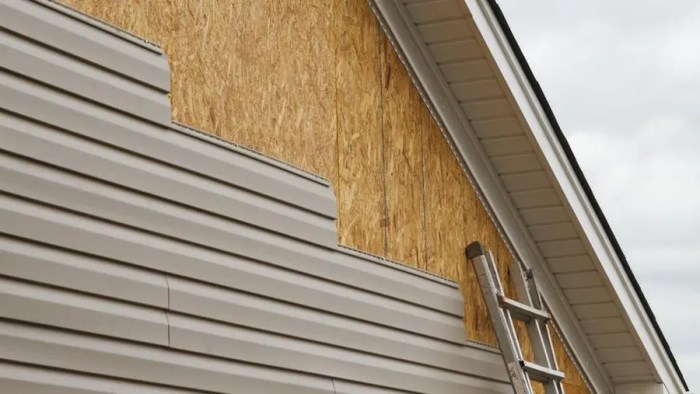
Choosing the right siding isn’t just about protection; it’s about dramatically transforming your home’s curb appeal and boosting its value. A well-chosen siding style, color, and material can elevate your colonial-style home from charming to breathtaking. Let’s explore how visualization plays a crucial role in achieving your dream exterior.
Siding Styles and Their Visual Impact on a Colonial Home
The classic lines of a colonial home offer a fantastic canvas for various siding styles. Consider these three options and how they interact with the architectural details:
- Clapboard Siding: This traditional choice, with its overlapping horizontal boards, perfectly complements the colonial aesthetic. A classic white or creamy off-white palette evokes a sense of timeless elegance. Darker trim, such as deep green or charcoal gray, around windows and doors creates a striking contrast and emphasizes the architectural details. Imagine the sunlight playing across the subtle textures of the clapboard, highlighting the intricate craftsmanship of your home.
- Shake Siding: For a slightly more rustic yet sophisticated look, consider cedar shake siding. Its natural texture adds warmth and character. A muted color palette, such as earthy browns or grays, would enhance this natural feel. Complement this with lighter-colored trim, such as a creamy white or light beige, to create a balanced and inviting appearance. The varied lengths and textures of the shakes will create visual interest and a sense of depth.
- Vinyl Siding with Colonial Profiles: Vinyl offers durability and low maintenance, but you can achieve a high-end look with siding that mimics the profile of traditional wood siding. Consider a deep, rich color like a dark navy or deep burgundy for a bold statement. White or off-white trim will provide a clean contrast, accentuating the architectural features. This option provides a modern twist on the classic colonial look while minimizing upkeep.
A Transformed Colonial Home: A Detailed Description
Imagine a once-tired colonial home, now revitalized with fresh, crisp white clapboard siding. The deep green shutters and matching front door pop against the bright exterior, creating an inviting focal point. The newly installed, meticulously crafted white trim around the windows and along the roofline adds a clean, refined touch, enhancing the home’s architectural lines. The landscape has been updated to complement the new siding; lush green shrubs and meticulously maintained flowerbeds add a burst of vibrant color, framing the home beautifully. The overall impression is one of renewed elegance, a classic beauty restored to its former glory, showcasing both timeless style and meticulous attention to detail. The updated lighting fixtures, including elegant porch lanterns, complete the transformation, illuminating the home’s beauty even at night.
The Impact of Siding Color and Material on Curb Appeal and Value
The right siding choices can significantly impact your home’s curb appeal and market value. For example, a home with faded, worn siding might appear neglected, decreasing its perceived value. Replacing it with a fresh coat of neutral-toned siding, such as a warm gray or beige, can instantly modernize the appearance and increase its appeal to potential buyers. Conversely, a bold color choice, such as a deep blue or vibrant red, while visually striking, might limit the pool of potential buyers, potentially impacting resale value. Higher-end materials, like fiber cement or cedar shake, often command a higher price point but can significantly increase a home’s value due to their durability and aesthetic appeal. A recent appraisal of a similar colonial home in a comparable neighborhood showed a 15% increase in value after a complete siding replacement with premium fiber cement siding. This demonstrates the tangible return on investment a thoughtful siding upgrade can provide.
Ultimately, selecting the right house siding contractors near me is a multifaceted process demanding careful consideration. By understanding the competitive landscape, weighing the pros and cons of different siding materials, and asking the right questions, you can ensure a successful project that enhances your home’s beauty and value. Remember, this isn’t just about a quick fix; it’s about a long-term investment that protects your home and increases its curb appeal. Don’t rush the process – take your time, do your research, and choose wisely. The right contractor will make all the difference.
FAQ Resource
What’s the average lifespan of different siding materials?
Vinyl siding typically lasts 20-30 years, fiber cement 50 years or more, and wood siding, depending on maintenance, can last 20-50 years.
Do I need permits for house siding replacement?
Most municipalities require permits for major exterior renovations like siding replacement. Check with your local building department.
How do I handle unexpected costs during the project?
Establish a contingency fund (10-20% of the total budget) to cover unforeseen issues. Clearly define what’s included in the contract to minimize surprises.
Can I finance a house siding project?
Yes, many contractors offer financing options or you can explore home improvement loans through banks or credit unions.
What should I do if I have a dispute with my contractor?
Review your contract carefully. Mediation or arbitration may be options before pursuing legal action. Always keep detailed records.
